SIGHTSEEING IN ZULUK
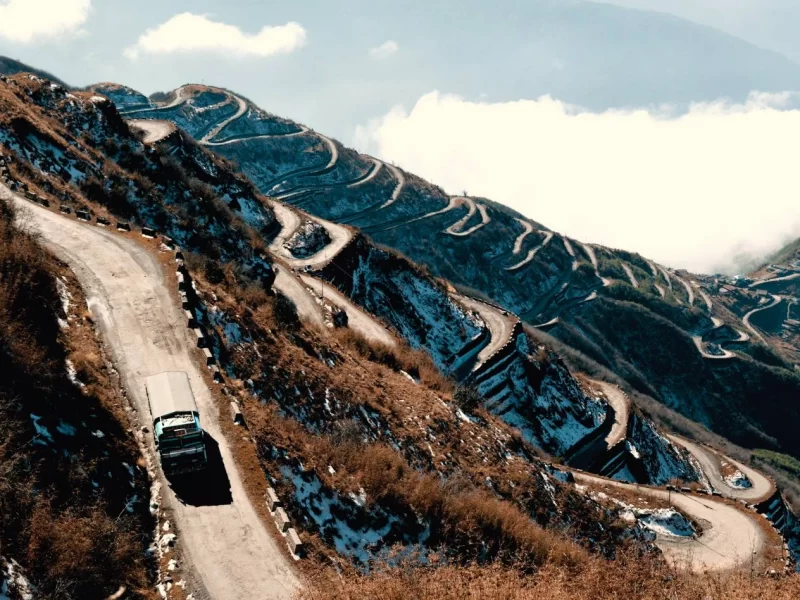
The Zuluk silk routes offer a diverse range of natural and off-the-beaten-path tourism attractions. The remarkable engineering of a road with 32 hairpin curves leading to the enigmatic sacred lake can be marvelled at here. Colourful Himalayan monal to the majestic peaks, to witness the shadow of Lord Shiva at sunrise on Mt. Kanchenjunga to the dusk of sunset. Here are 21 Best Places to visit in Zuluk Silk route Sikkim.
Sivalaya Baba mandir
On a ridge, about a 20-minute walk away. Mr Gopal Pradhan erected the Sivalaya Baba Mandir in 2005 and dedicated it to the people of Zuluk. In the year 2015, it was renovated. After Harbajan Baba’s successful wish for tourism in the Zuluk, Mr Pradhan is claimed to have erected this temple and presented it to the Zuluk people. In the evenings, one would stroll about the temple, taking in the beauty of Zuluk village and watching the sunset from the temple bench.
Bhala Sur sunset points
(Bhala–hen sur-hen head) on dawn morning or a clear afternoon, can walk around 300 m toward the convey ground of Indian army, where three peaks of the Mount Kanchenjunga range and sunset is seen, not only that, every footstep toward this viewpoint offers the different scenic beauty and from some point, you would also inspect the beautiful of hill-stations like Aritar, Phadamchen, Sillary Goan, Pedong, Pakyoung airport, Rangpo etc this place also has a great bio-diversity for the there rare and beautiful colour of birds and butterflies.
Bird’s eye viewpoint
This location, 1.5 kilometres from Dil Maya homestay, provides an expansive aerial view of the Zuluk hamlet, which appears beyond the horizon of a hill.
Ganek viewpoint
An about 8 km drive from Zuluk. On the approach to Thambi viewpoint, this spot offers the first glimpse of the Zig-Zag road’s hairpin turn. This area is also rich in biodiversity, with birds such as the Firetail Sunbird, Parrotbill, and Himalayan monal, as well as animals such as the Red panda, Musk deer, and Brown goral. A unique Hindu Nag Devta pilgrimage can be found within 200 metres of this location. A stone structure of Nag, depicting the Nag Devta, can be found inside this temple. Hindus and Buddhists alike regard it to be one of the divine temples.
Thambi viewpoint
At 11,400 feet and 14 kilometres from Zuluk, one of the most significant locations on the silk road can be found. The Thambi (Brother) is called after the silk route roller driver who pulled off this incredible achievement. The most picturesque 32 bends of winding road climb over the horizon hills of Zuluk village and the panoramic range of Mt.Kangchenjunga, along with Siniolchu and Kabru, are found at Thambi viewpoint (the ornamental peak of the world). From the summit of the slope, you can see the ocean of clouds drifting under Kangchenjunga. So, to take in those gorgeous views, spent some time over there, eating Momos and Thukpas and sipping hot tea and coffee from the local shop.
Lungthung / Dhupidara
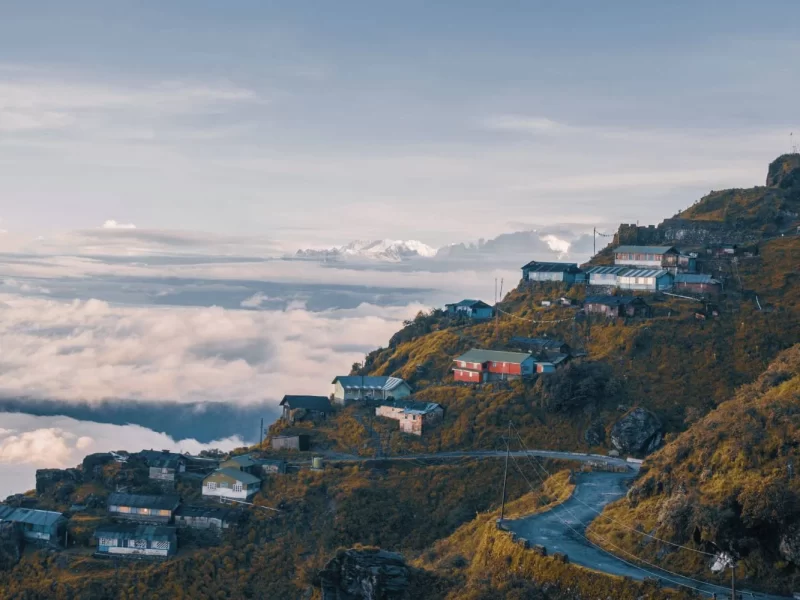
The small village in the silk route, which has around 10 households. Located at 11,500 feet on a hilltop with the picturesque backdrop of the mighty Kanchenjunga and the winding roads of Zuluk. Lungthung, on the other hand, is worth seeing for its natural scenic beauty. They also provide homestays where you can envision yourself on top of the hill, floating in the ocean beneath you, surrounded by clouds.
Bhul Bhulaiyaa
After a 2-kilometre journey from the Thambi viewpoint above Lungthung, one can see all of the magnificent curving roads as well as Kanchenjunga.
The term Bhul Bhulaiyaa relates to the twisting road that weaves its way through the hills, making it impossible to tell which way the car is going.
On the way to Gnathang Valley, this is the last point on the zig-zag route.
India map lake
Beautiful and awe-inspiring is the small lake near Laxman Chowk.
Because it resembles an Indian political map, this lake is also known as the India map lake.
Shiva sunrise point
This viewpoint, on top of Lungthung, about 18 km from Zuluk village, gives a magnificent view of Mt. Kanchenjunga and the sunrise at the same time.
Those who want to witness the wonderful moment of Mount Kanchenjunga’s dawn might get up earlier and head to this location.
The most important aspect of the sunrise is the opportunity to photograph Lord Shiva’s shadow cast on Mt. Kanchenjunga.
You can’t stop enjoying this great moment because it’s so fascinating and gorgeous.
According to folklore, Lord Gautam Buddha assigned three monks to spare Buddhism in the direction of the sun, which resulted in the formation of a Shiva shadow on Kanchenjunga in ancient times.
Tibet is the country today, where Buddhism has been promoted.
Laxman chowk
The road leading to Gnathang Valley and the historic Baba Mandir divides near Laxman Chowk.
The one leads to the old Baba Mandir, while the other leads to the Gnathang Valley.
The Laxman Chow was built in honour of LT. Col. Laxman Singh (commanding officer), under whose command secured the watershed opposite Chinness in the general area of Dokala in 1965, and those interested in Himalayan attire and souvenirs can purchase them at the Laxman Chowk cafeteria.
Gnathang / Nathang valley
Gnathang, the region’s oldest settlement, is home to traditional yak herders from Tibet.
The oldest monastery, temple, duftor cottage, and British memorial are all popular places to visit in this area, and Gnathang is also known as the Flower of Valley, with snow cover in the winter.
Kala Pokhari
A valley of flowers surrounds the small sacred lake in front of the old Baba mandir.
This lake was given the name Kala Pokhari because it is so dark. Kala means “black” and pokhari means “lake.”
Deep in the lake, it is said, there are sacred fish.
Old Baba Mandir
Harbhajan Singh, a sepoy of the 23rd Punjab regiment, is said to have appeared in a dream a few days after he went missing while patrolling near the Nathula pass, expressing his wish for a memorial to be created in his honour.
One shrine is located near the bunker, while the other is located near Kupuk village.
Devotees now use it as a pilgrimage site.
Bottles of water collected a week later are thought to have healing properties.
Tukula Valley
Tukula Valley, the battleground of the British-Tibetan war in 1888, tells the storey of the British-Tibetan conflict.
It is situated at roughly 12500 feet above sea level and depicts the storey of the stone parapet way built by the great Nepalese ruler Jung Bahadur Rana as a border boundary during the invasion of Tibet.
Aside from the history, Tukula Valley is known for the grandeur of Tibetan highlander Mt. Kanchenjunga, and a wide range of flowers that blooms in the summer and is snow-covered in the winter.
Elephant Lake
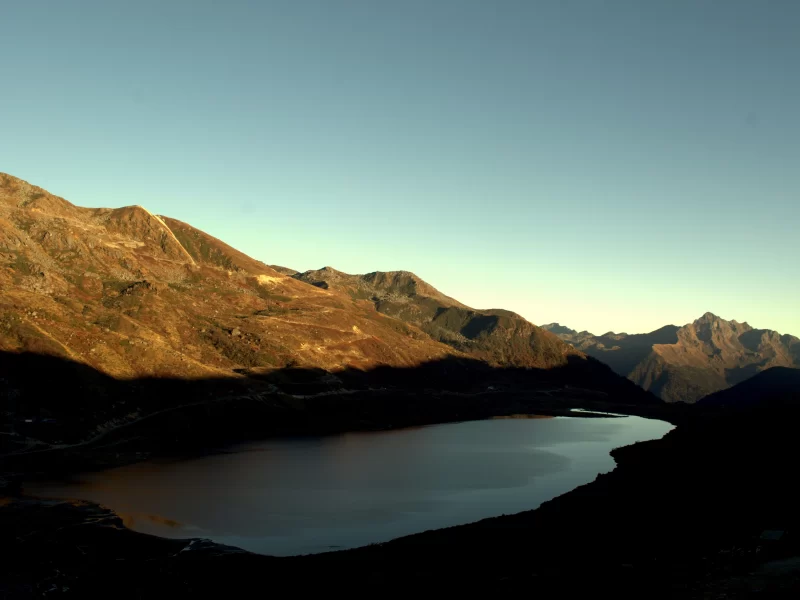
Nestled between India, China, and Bhutan at an altitude of roughly 13000 feet on the approach to the Doklam border.
The Kupuk Lake, also known as Elephant Lake (Bedang Tso), bears a striking resemblance to an elephant, making you sense the magnificence of nature.
It has the appearance of an elephant trunk on the right side of the lake and a tail on the left.
During the winter, the entire lake is frozen over.
In Bhutan, Elephant Lake also serves as a hydroelectric power source for the Jaldhaka River.
Jelep La Pass

The highest old silk routes pass linking Sikkim in India and Tibet, is located at an altitude of 13990 ft from sea level. They serve an important role as a commerce route between India and Tibet.
However, during the Sino-Indian conflict in 1962, the Jelep La pass was permanently blocked, and today the road between India (Kupuk) and Lhasa via Jelep La pass is known as the “Young Husband Track,” after a British expedition led by Colonel Francis Young Husband in 1904.
Kupuk
The small locality, which has only a few houses and a police checkpoint, is the highest village on the silk road, roughly 32 kilometres from Zuluk. At an elevation of 13025 feet above sea level, Kupuk has achieved fame as the world’s highest golf course.
Locals have recently begun to offer homestay services to visitors who wish to spend the night at this historic location.
Menmecho Lake
At an elevation of 12500 feet above sea level, surrounded by forests and gushing mountain streams, Sikkim’s Menme, which means “medicine” and the Chu means “water,” is one of the most sacred lakes in the state. It’s a nature lover’s dream, with a wonderful mix of flora and wildlife and magnificent scenery. The visitor is welcome to take a break and enjoy the natural beauty. The lake is tied with many stories and legends and is treasured as a sacred lake by the people of Sikkim. Menmenchu Lake is known in Sikkim for its trout fish cultivation centre, in addition to its mystic beauty. From the new Baba Mandir to the lake, there is a 4-kilometre motorable road.
Hangu Lake
At a height of 13000 feet above sea level, the freshly formed lake is situated. Tourists can cruise in a boat in Hangu Lake to experience the incredible beauty of nature and the lake. On the silk routes, this is the highest sailing lake. Migratory birds such as Mallards, Tufted Duck, Ferruginous Duck, Gadwall, Northern Pintail, Rudy Shelduck, Great Cormorant, Black Necked Grebe, Common coot, Bar-headed Goose, Eurasian Wigeon etc can also be found in abundance at Hangu Lake. A museum called Gangu Lame Museum and war memorial is located about 300 metres behind Hangu Lake and commemorates the memorial of the forgotten soldier. This area gives the impression that there is no greater place on earth for martyrs to be remembered.
Nathula Pass
Nathula, the Indo-China border and the starting point for the Mansarovar yatra, connects India and China at an altitude of 14450 feet, making it one of the world’s highest motorable roads. Tourists are permitted to approach the international boundary, where Chinese soldiers can be seen. Nathula is open for Indian nationals from Wednesday to Sunday.
Tsomgo / Changu Lake
Around 64 km from Zuluk at an altitude of 12400 ft, the Tsomgo lake is sacred to Buddhists and Hindus alike. The lake derives its water from the melting snow of the mountains surrounding the lake, and it remains frozen in winter and blooms in late spring with multi-coloured flowers. It is believed that in olden times, monks would study the colour of the water in the lake to forecast the future.

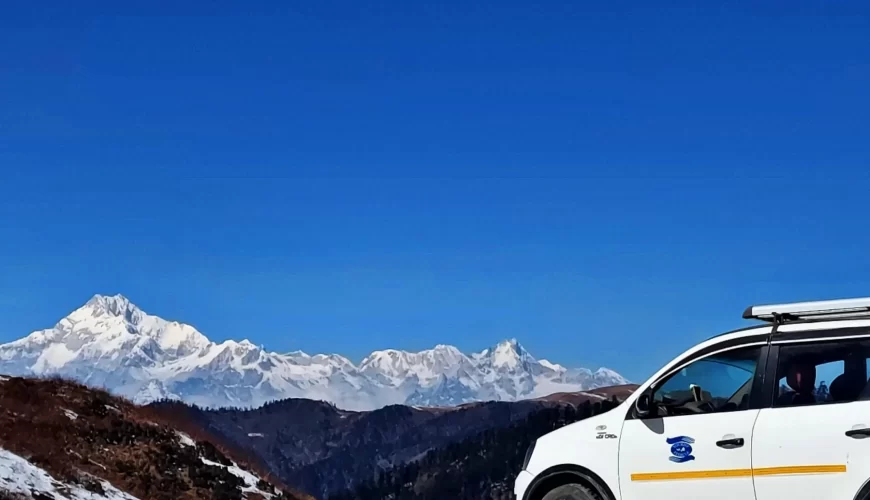
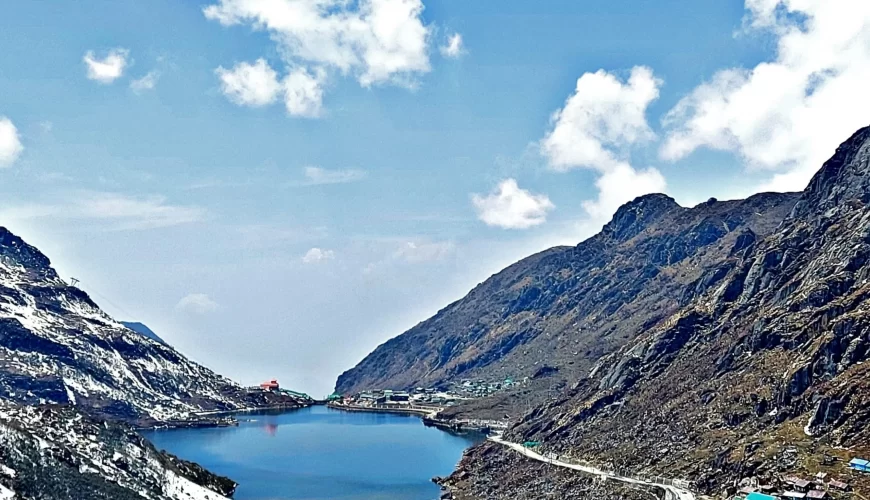
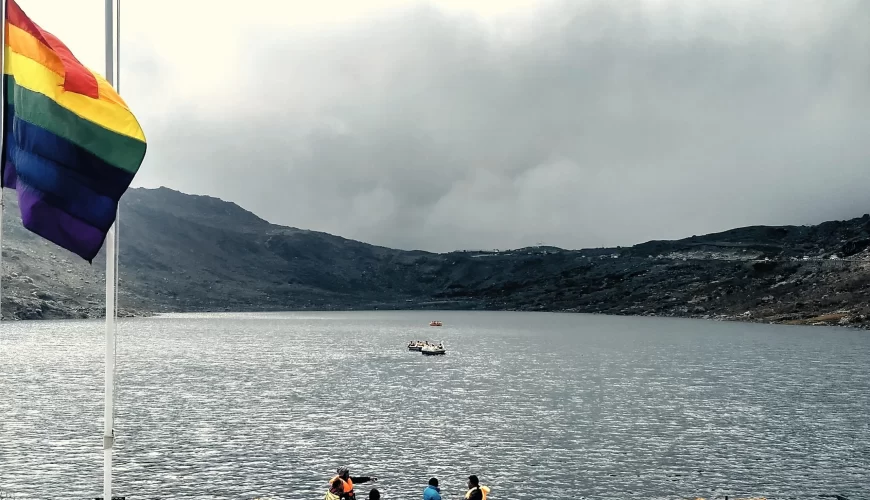
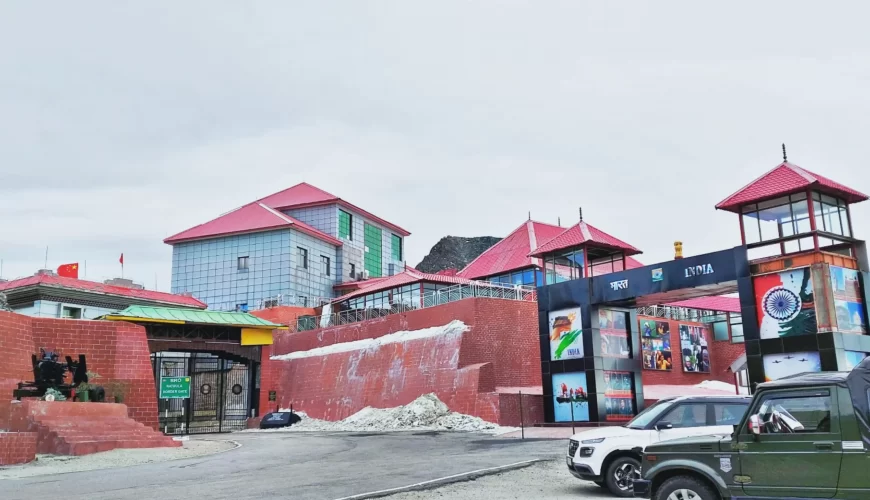
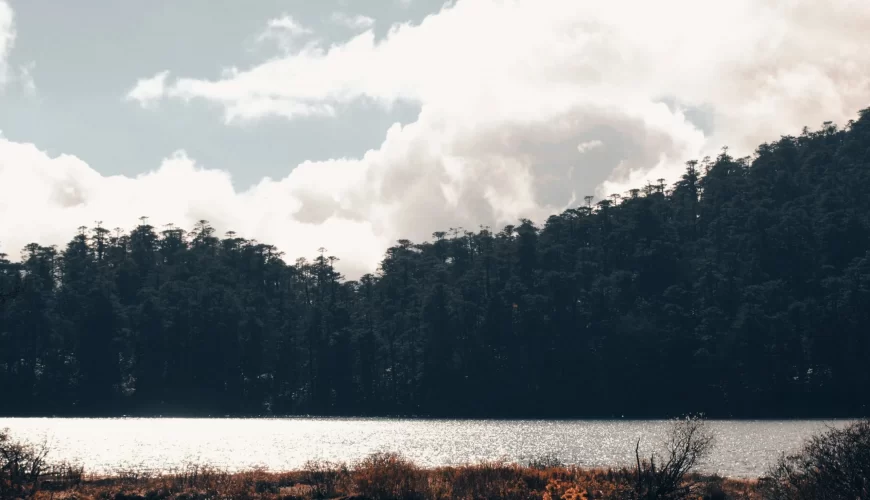
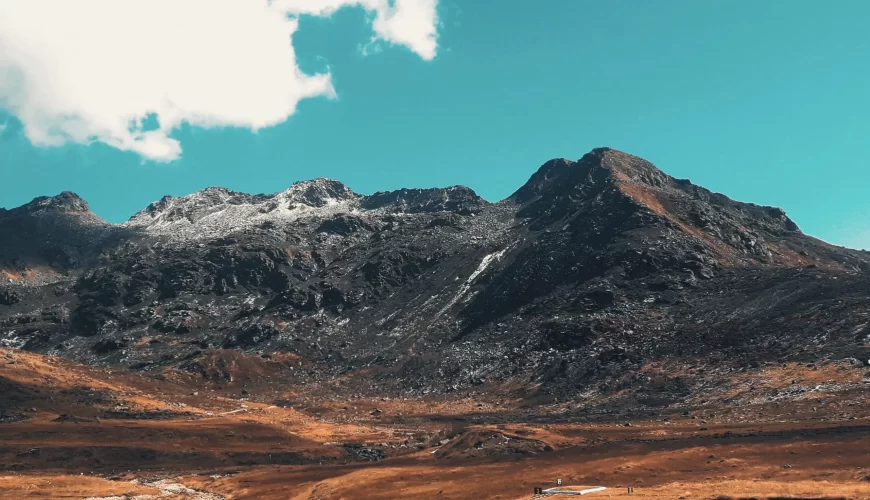
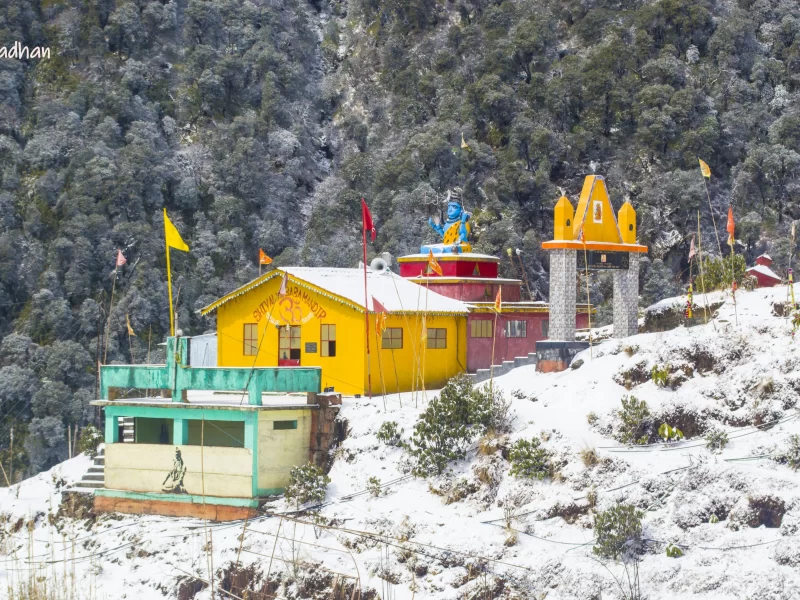
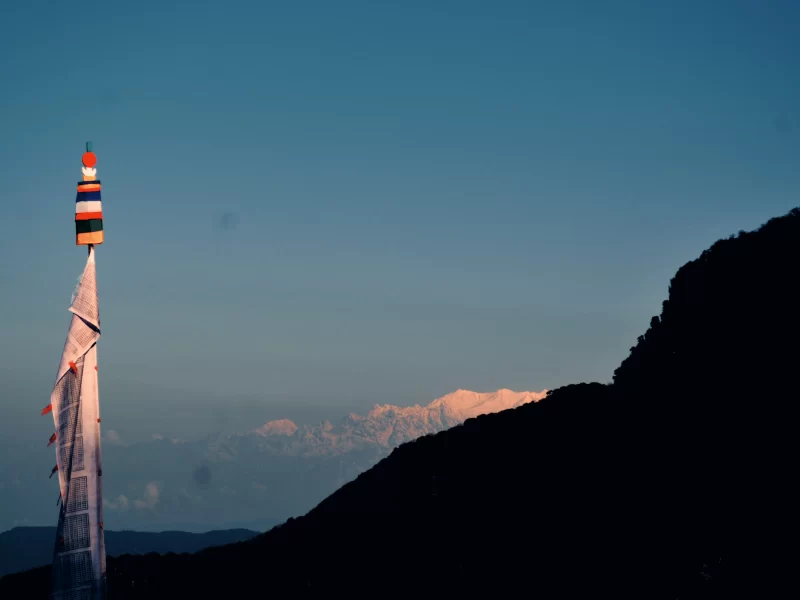
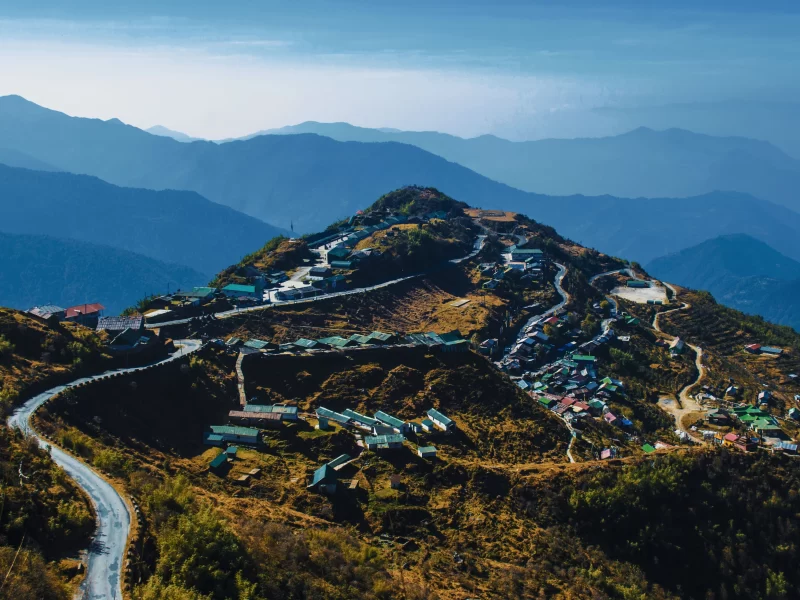
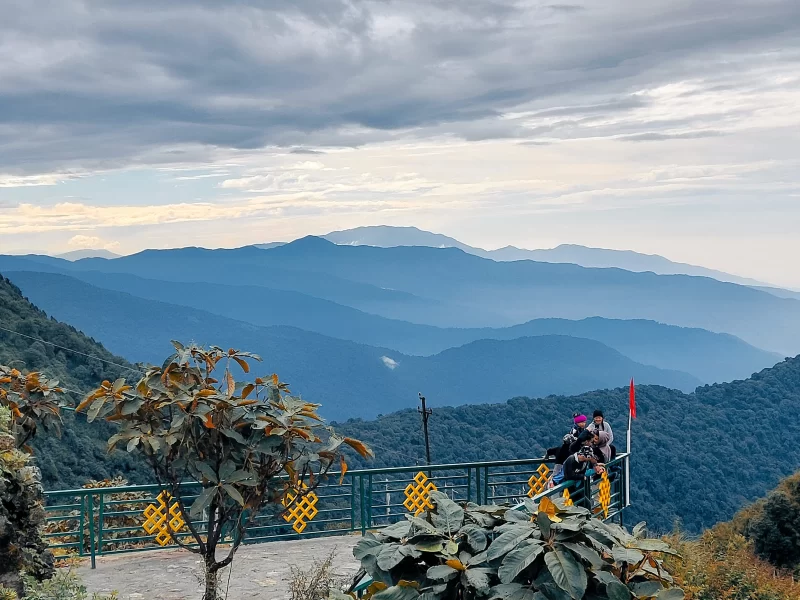
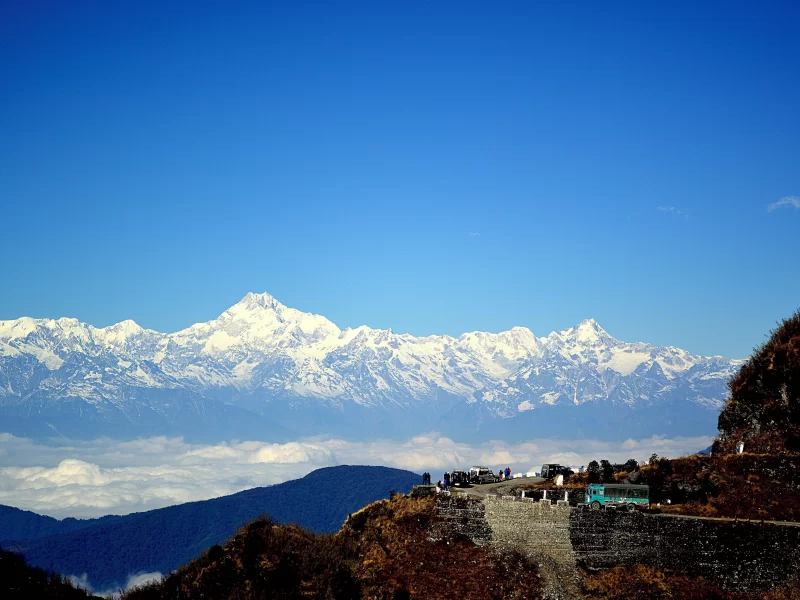
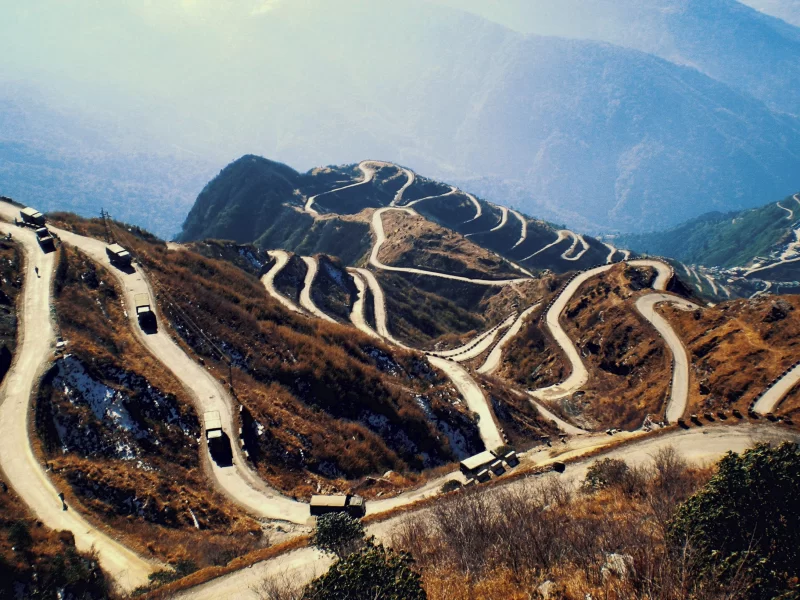
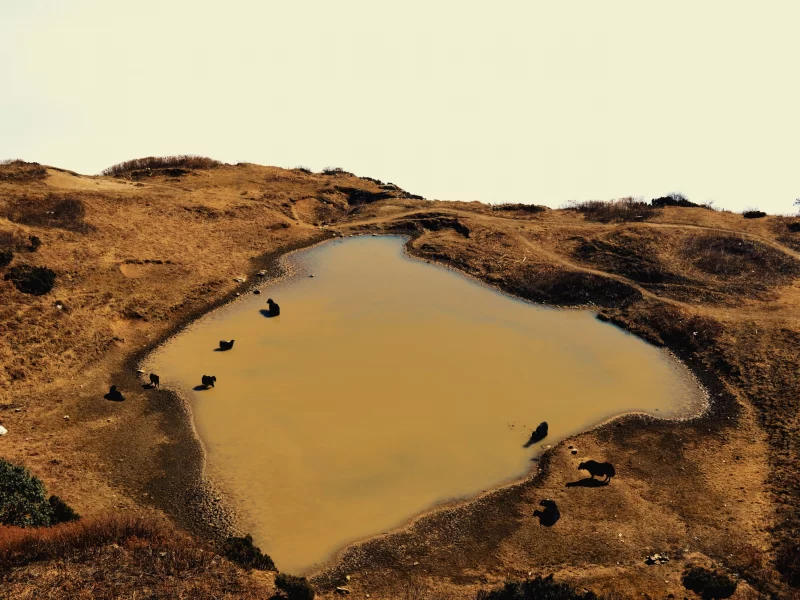
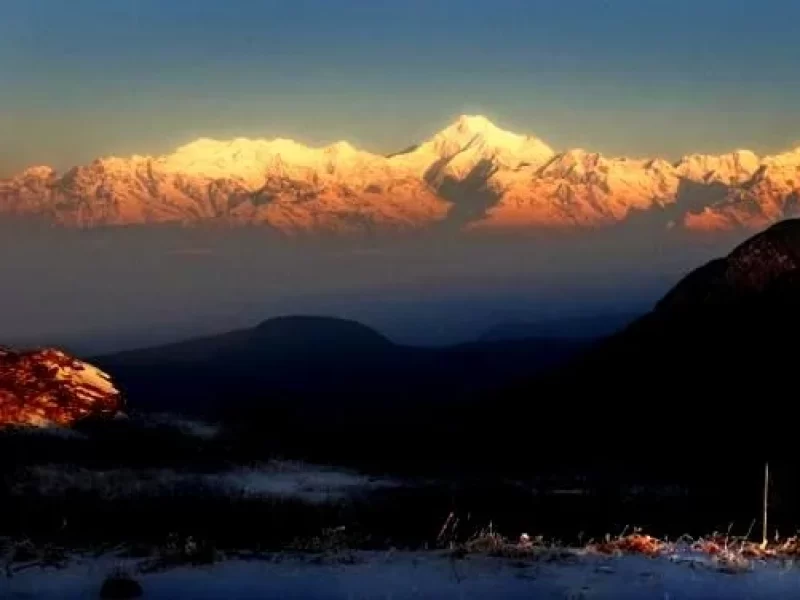
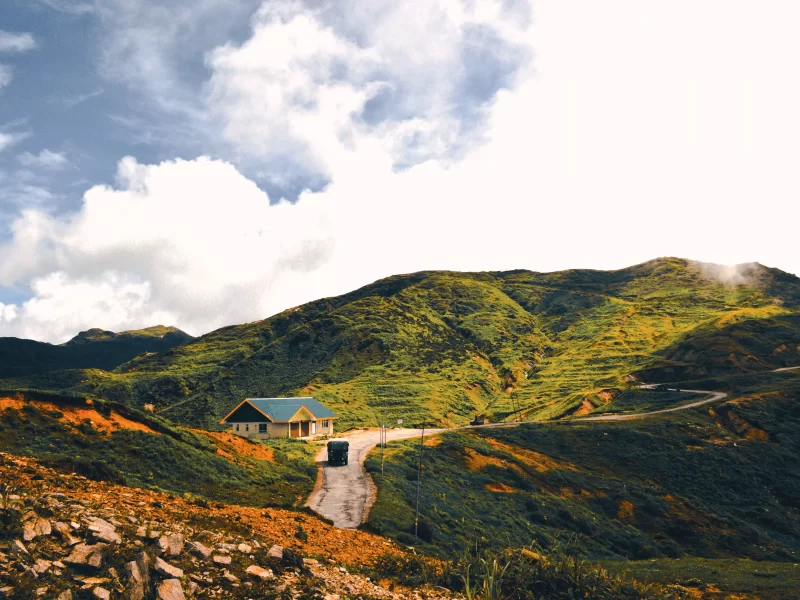
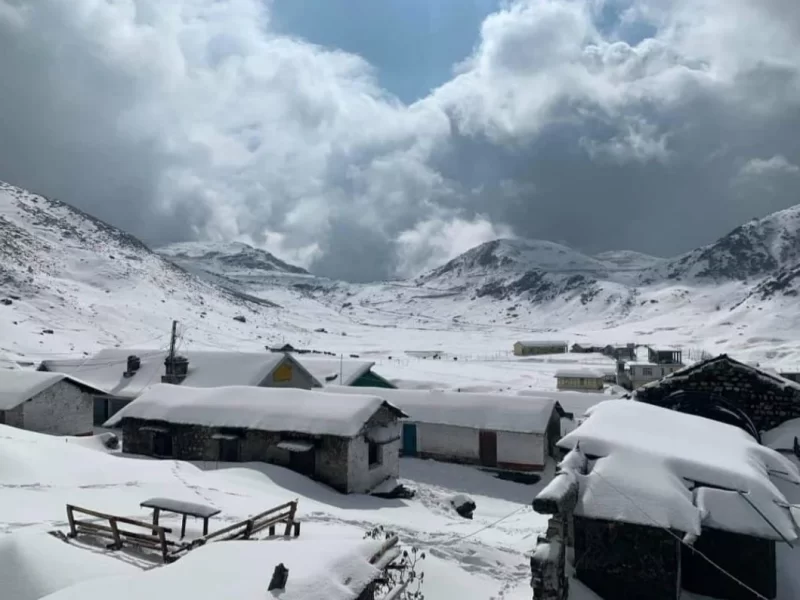
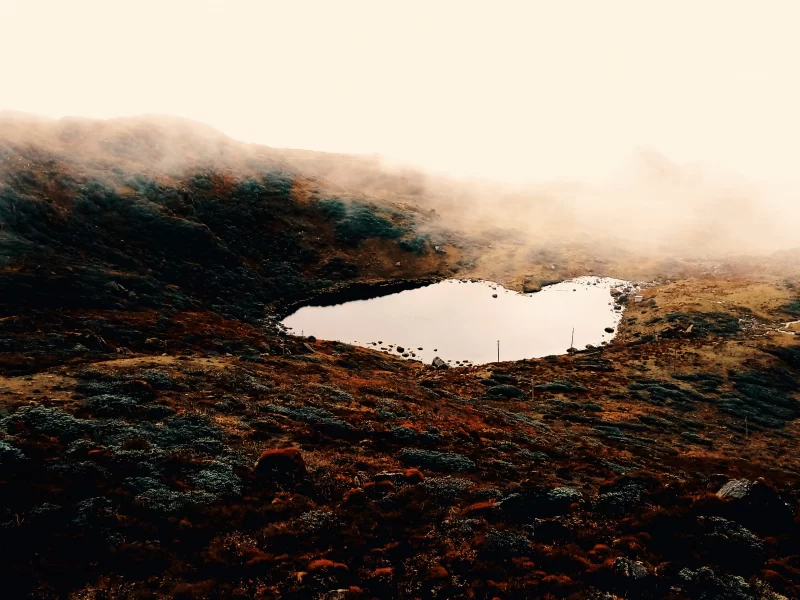
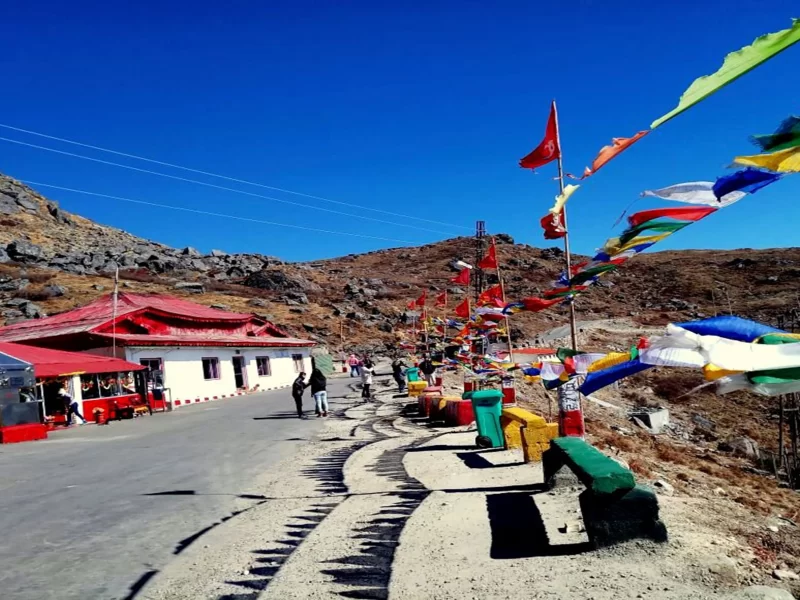
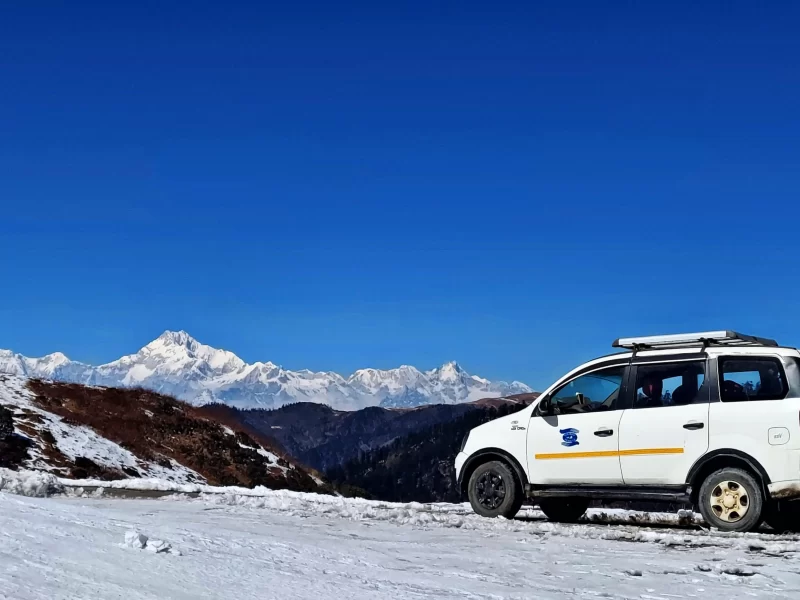
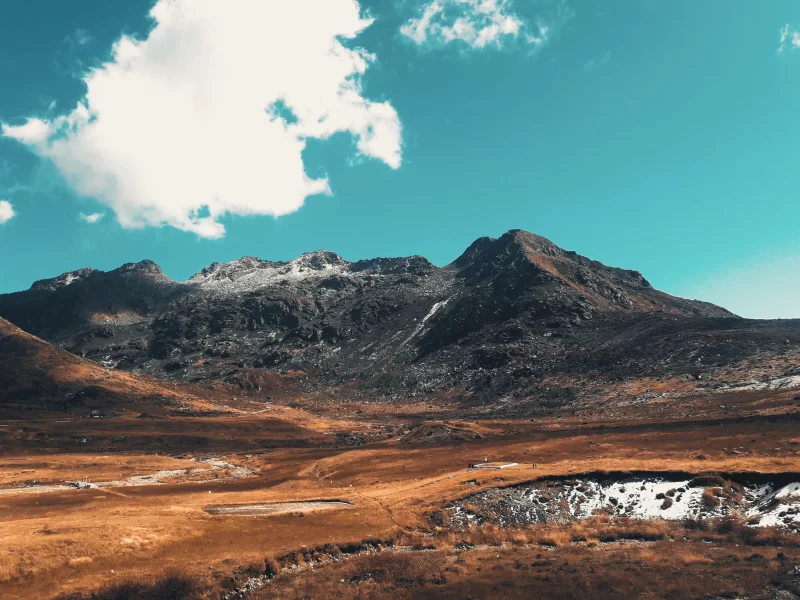
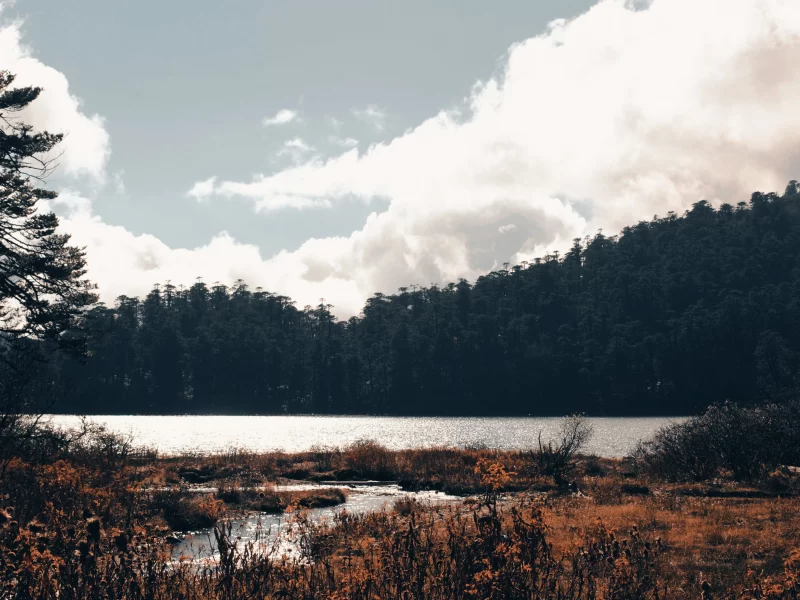
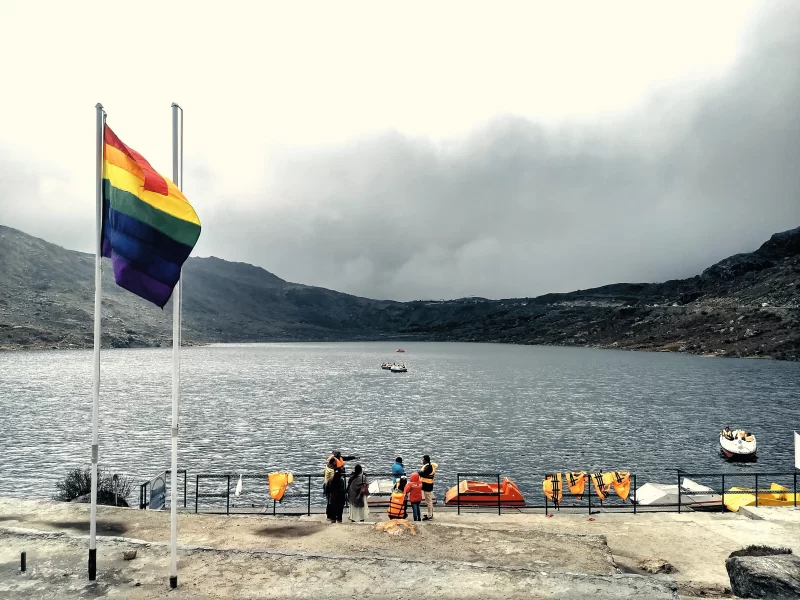
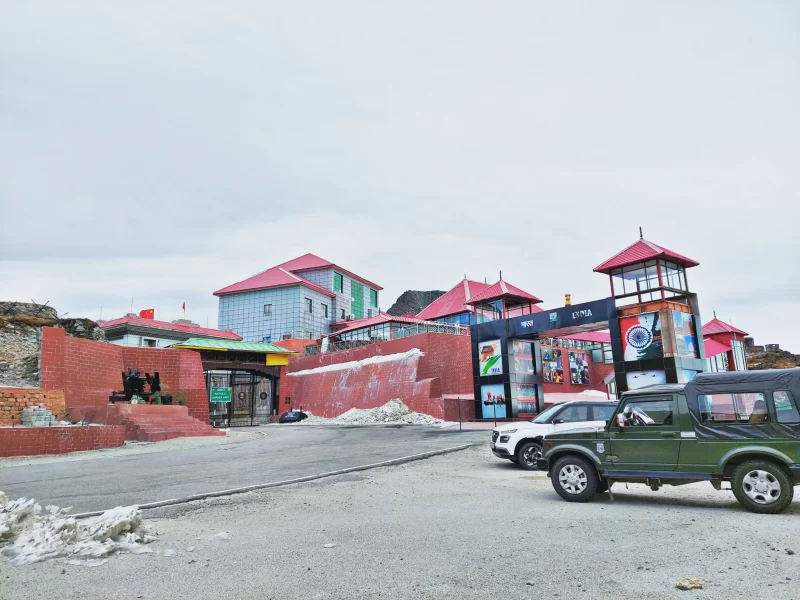
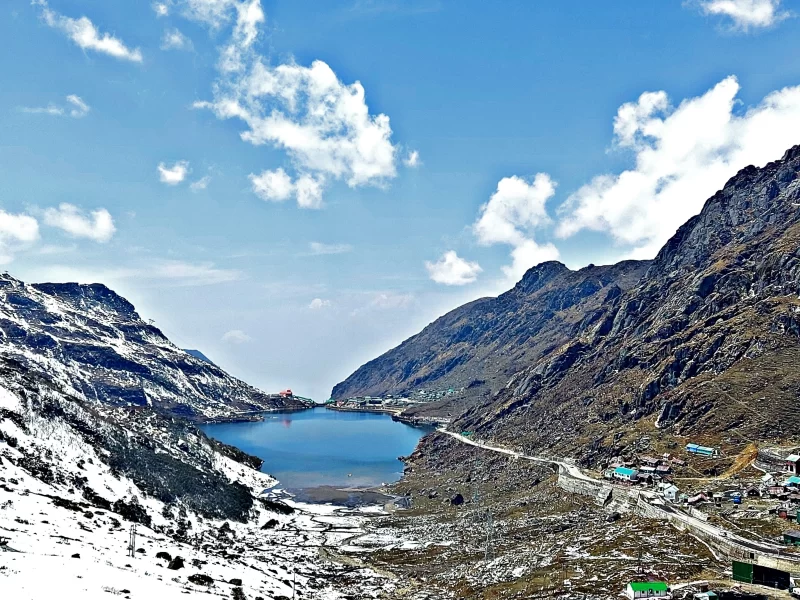
Comment (0)